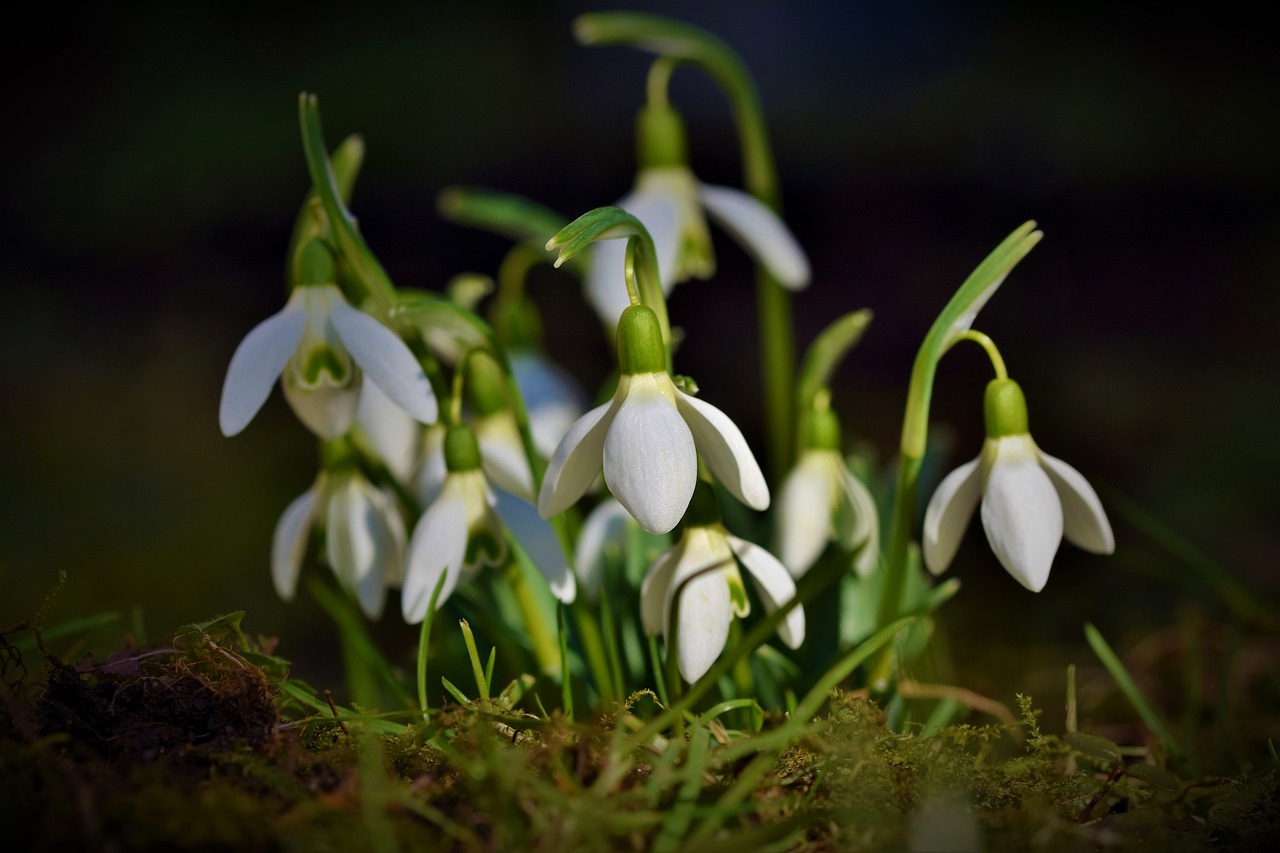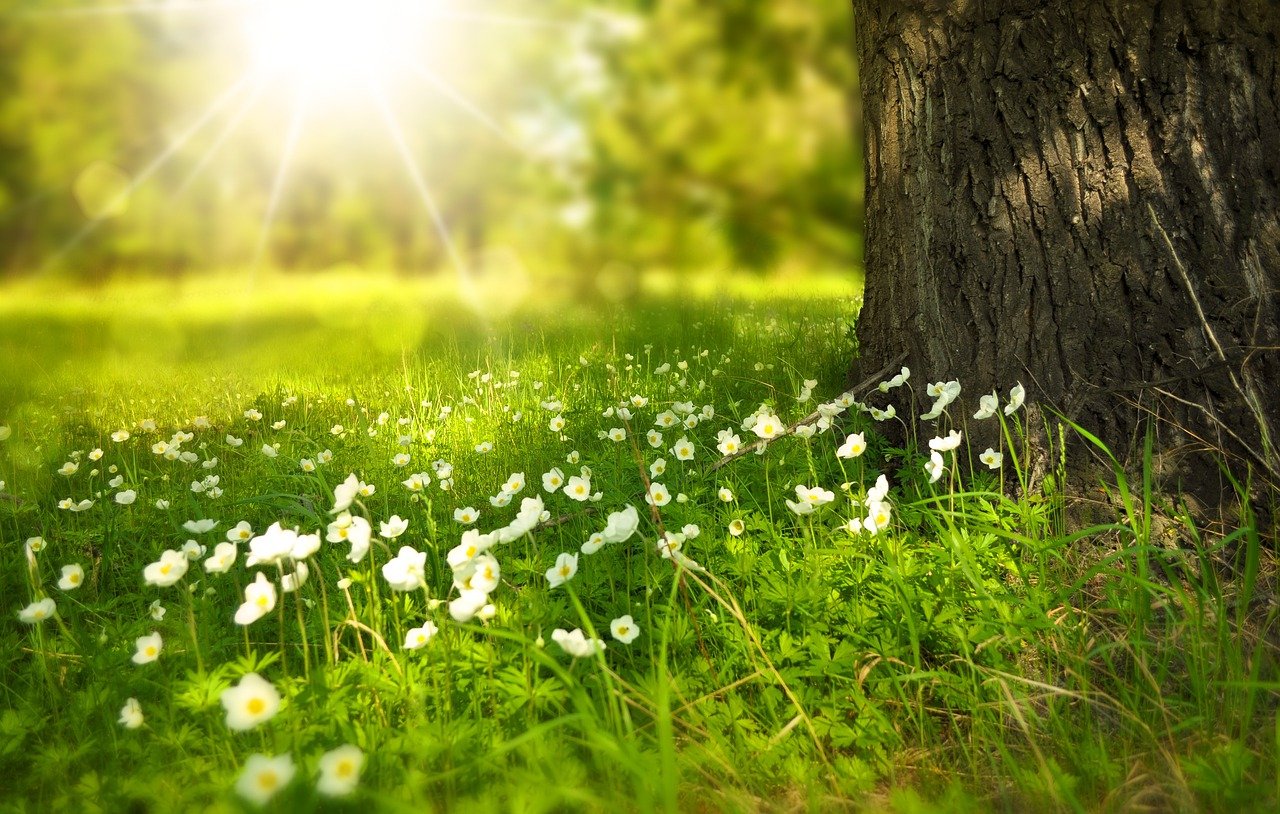Home is where the heart is, so it’s natural for us to want to make it look as best we can in order to make it the most welcoming place for us. After all, this is where we nurture ourselves and the ones we love.
However, when it comes to home improvement, improving the appearance of our homes can be a pain, especially when it comes to design choices. However, if you’re a green thumb, here are a few good tips on how to incorporate plants inside your home for the best effect.
The Basics: Appearances Matter

This might seem a bit of an odd option, but it’s true when we say that appearances matter. Incorporating plants inside your home works best the way certain clothes are fit for certain body types. We need to assess the kind of home structure you have and the way you want to modify your home in order to accommodate your intended plant design.
- Plants work with a minimalist setting. If your room is scarcely filled with furniture, a plant can give a much-needed emphasis on the room in question. This works with big living rooms or living spaces such as dining rooms.
- Plants work within monochromatic color schemes. This means rooms with a predominant color, especially warm ones, can use the help of a plant as a green spotlight tends to catch the attention of others.
- Plants that are big in nature work best when placed on corners or beside the wall. Plants that need a lot of air and sunlight would naturally have to be placed near windows and sources of ventilation.
- Plants also add good natural lighting to the house. It’s not a light source, but its colors can add a warmer glow to the room if sunlight hits it at just the right angle.
Going Green: Using Plants to Decorate Homes
Who said plants should only be used outside? Indoor plants are great to fill out a lot of empty corners, especially if those parts of the room lack any substantial indoor decoration.
Sometimes, there are corners at home that obstruct other pieces of furniture, so instead of getting a plain decoration for it, go for a plant instead.
- If you have very few opportunities to fill your home with decor because of a lack of space, then perhaps you may want to consider hanging plants. This allows you to utilize your space more efficiently, and this way you don’t have to fill out all the spaces in your room with it.
- Along the same vein, a plant wall might be up your alley. The design is a bit grand, but it’s perfect if you have a wall at home or even a pathway. The right kind of indoor plants can thrive on a plant wall, and it can add the kind of “green” you’re looking for.
- Plants can emphasize or divide a room. For instance, you can use a plant as a centerpiece of a room so that everything else can “revolve” around it. If you’re aiming for a more minimalist design, the less decor there is around the plant centerpiece, the more sophisticated your home will look. Likewise, you can also use plants as dividers to add some sort of “division” in your home. This can create the illusion of space as well.
- What if you allot space at home for plants? Some indoor designers love the idea of gardening indoors with a zen garden or even a sunroom. If you want to try this, make sure your indoor plants such as bamboo trees or fern trees have enough water and sunlight to hit them at just the right angle for growth. For sunrooms, try to accommodate your plants with a translucent roof or even translucent walls. If you’re not into indoor gardening, perhaps plants as decorations in your hallways might help add that spice as well.
Indoor Plants: The Benefits
If you’re a certified green thumb, you know that plants aren’t just healthy, but they’re great for decoration. They do have considerable benefits when placed outside, especially when it comes to improving the outdoor appearance of the home. So it’s only natural for us to think of making it work on the inside. Judging from how some home improvement enthusiasts do it, it is possible!
If you’re a bit hesitant, consider:
- Plants still work as air purifiers inside the home. It’s much better to have plants at home because of this perk, as plants now allow air around the home to be cleaner for everyone in it. This is useful and helpful for those who want a dash of clean air they can’t easily get outside.
- Plants are therapeutic when used properly. They add a dash of aesthetic that can be relaxing, which is good for those who are stressed from work and studying.
- Plants encourage care and responsibility. This can be a bit of a downer for some, and there are plants that are low-maintenance. However, plants do encourage a positive atmosphere of actively caring and making sure we always work towards achieving our goals – in this case, making sure plants fulfill their roles in the house only if we care for them enough. This can be good practice for responsibility.
Remember: Maintenance Is Key

If there’s anything the methods above show, it’s that plants can easily be incorporated into both indoor and outdoor settings given the right planning. However, using plants inside the home can add that extra twist you may have been looking for to make your house livelier. Remember, though, that we can’t just put plants haphazardly in areas we tend to forget. If we want to incorporate plants inside our homes, we need to make sure they’re maintained.
- Research on the kind of plants you want to use and see if they’re native to your area. If yes, try to assess the potential living conditions the plant will have in your home. If not, is there any way you can modify your home to accommodate the needs of the plant?
- Check if the plants you want are available for purchase in your area. If it has to be shipped, how long would it take, and can you use that time to plan the rest of your home setup?
- In speaking of the home setup, check your budget to check if you can accommodate some adjustments the plants may need in order to fit in your home. These include extra pots and vases, extra modifications to structural parts of the house like the roof, the walls, and the ceiling if need be.
Conclusion
The best ways on how to incorporate plants inside your home for the best effect might be under your nose after all, and it takes a while to plant (no pun intended) a creative seed into your head and let it work your green thumb magic. However, if there’s anything these methods show, it’s that having plants around the home is not just aesthetic, but it’s eco-friendly and therapeutic as well.
The benefits of plants, if combined with good planning, can help make the home a more enjoyable place to be. Our home will really be where the heart is, as it’s going to be just as extra a bit as relaxing as we thought it’d be.






